Research Article
Abstract
References
Information
The purpose of this study is to analyze the characteristics and changes of world cognition of elementary school students, and to suggest the implications of geography education. Elementary school students' cognition of the world generally increases in quantity and quality as the grade goes up, but the breadth and degree of the world cognition differ according to grade. The first quantitative expansion occurred in the 3rd grade and the 2nd in the 6th grade, which is noteworthy that the period of quantitative expansion was lowered by one grade from the 4th grade (2006) to the 3rd grade. As a result of the analysis of the characteristics of world cognition by continent, the continent with the highest awareness changed from Europe (2006) to Asia, and the concentration of awareness on East Asia and Russia was very high. In addition, elementary school students' world cognition errors were more affected by individual variables than by grade variables. The results of this analysis have great implications for the content selection and organizational method of the geographic domain of elementary school, such as the reexamination of the Environmental Expansion Methode and the selection of regions for world geography learning.
본 연구는 초등학생의 세계인지의 종단적 발달 특성과 변화상을 분석하고, 그 지리교육적 함의를 고찰하려는 것이다. 초등학생의 세계인지는 학년이 올라감에 따라 전반적으로 양적 및 질적 증가가 이루어지나 그 폭과 정도는 학년에 따라 차이가 있었다. 1차 양적 팽창은 3학년에서, 2차는 6학년에서 나타났는데, 이는 양적 팽창의 시기가 4학년에서(2006년) 3학년으로 1개 학년 하향화한 것이 주목된다. 대륙별 세계 인지 특성의 분석 결과, 인지도가 가장 높은 대륙이 유럽(2006년)으로부터 아시아로 변화되었고, 동아시아와 러시아에 대한 인지쏠림이 매우 높았다. 그리고 초등학생의 세계인지 오류는 학년 변수보다는 개인 변수에 더 영향을 받고 있었다. 이러한 분석 결과는 환경확대법의 재검토를 비롯하여 세계지리 학습을 위한 지역 선정 등 초등 지리 영역의 내용 선정 및 조직 방식에 시사하는 바가 크다.
- 교육부, 2015, 교육부고시 제2015-74호.
- 김재일, 2007, "초등학생들의 스케일 선호도에 근거한 지평확대법의 비판적 논의", 박사학위논문, 서울대학교.
- 남호엽, 2002, "초등학교 지리교육과정의 쟁점과 대안의 모색", 한국지리환경교육학회지, 10(1), 53-64.
- 류재명, 1998, "지리교육내용의 계열적 조직방안에 대한 연구", 한국지리환경교육학회지, 6(2), 1-18.
- 서태열, 2003, "'지평확대 역전모형(학회보 제78호에 게재된 류재명 교수의 주장)'에 대한 옹호," 대한지리학회보, 79, 1-3.
- 서태열, 2005, 지리교육학의 이해, 한울아카데미.
- 송언근・김재일, 2002, "초등학생들의 세계에 대한 인지 특성과 세계지리 교육과정 구성의 전제", 한국지역지리학회지, 8(3), 364-379.
- 이간용, 2019, "독일의 초등 지리교육과정 변화 특성 및 그 함의 고찰", 한국지리환경교육학회지, 27(2), 1-17.
- 이경한, 2006, "초등학생들의 세계 이해도 발달", 한국지리환경교육학회지, 14(3), 289-298.
- 임용덕・이동원, 2011, "초등 사회과 탄력적 환경확대법의 탄력 범위 재설정 연구", 한국사회교과교육학회 학술대회지, 157-169.
- LISUM, 2015, Teil C Sachunterricht jahrgangsstufen 1-4 (https://bildungsserver.berlin-brandenburg.de/fileadmin/bbb/unterricht/rahmenlehrplaene/Rahmenlehrplanprojekt/amtliche_Fassung/Teil_C_Sachunterricht_2015_11_16_web.pdf).
- Publisher :The Korean Association Of Geographic And Environmental Education
- Publisher(Ko) :한국지리환경교육학회
- Journal Title :The Journal of The Korean Association of Geographic and Environmental Education
- Journal Title(Ko) :한국지리환경교육학회지
- Volume : 29
- No :1
- Pages :15-35
- DOI :https://doi.org/10.17279/jkagee.2021.29.1.15



 The Journal of The Korean Association of Geographic and Environmental Education
The Journal of The Korean Association of Geographic and Environmental Education







